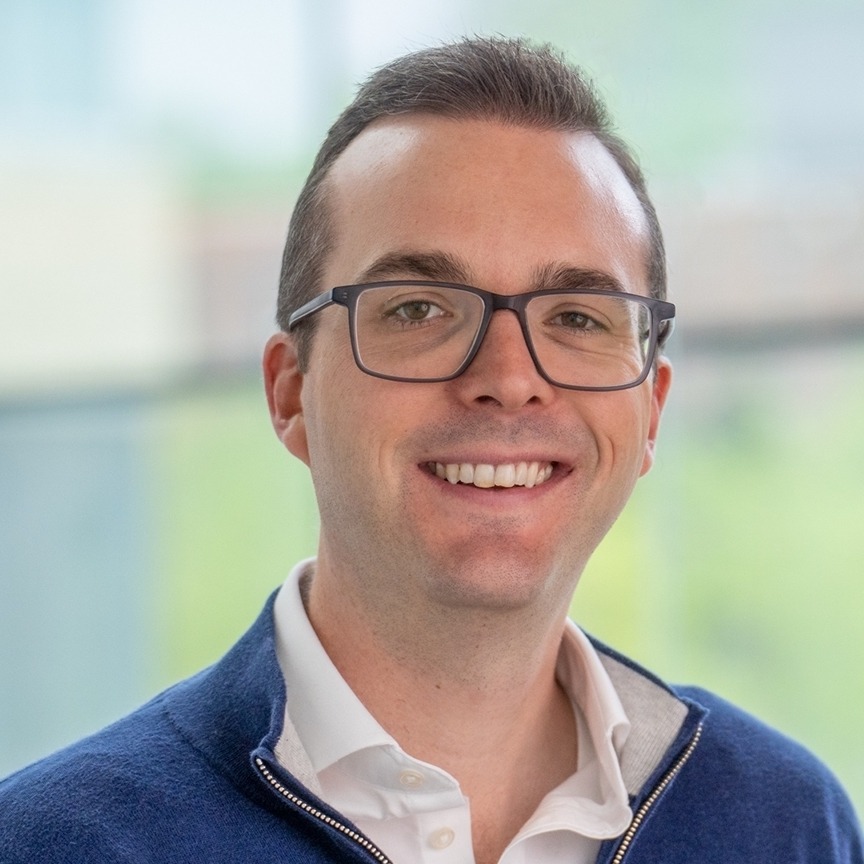Unlock Your Passion for Learning Bioinformatics with Rosalind

Rosalind’s Origin Story
As a teaching assistant in mathematics courses during my Ph.D., I noticed that students were given the same exercises every semester, with grading left to TAs to be done manually for hundreds of students. The same phenomenon was present around the world in bioinformatics courses, where students are asked to implement some of the algorithms fundamental to modern biological data analysis such as the Smith-Waterman algorithm for sequence alignment or the Neighbor-Joining algorithm for evolutionary tree construction, but without a shared system for automatically grading responses.
I also loved open independent-learning projects like Project Euler that let students build their ability in programming by solving a series of progressively more challenging problems, and to trust users’ ability to embrace this challenge. (This is a guiding principle I have tried to follow with my Programming for Lovers project as well.)
I learned that my Ph.D. advisor’s other student, Nikolay Vyahhi, was also interested in building such a project. So, we thought, why not produce our own open educational website that would let students learn bioinformatics independently while also serving as a central repository for automatically-graded exercises that could be used by instructors?
Along the way, our project got a name: Rosalind, in honor of Rosalind Franklin, whose contributions to the double helix structure of DNA are perennially under-appreciated.
Growing Rosalind
After we published a few dozen problems with the help of an excellent development team, we watched in amazement as the community embraced the project. We went from a handful of users to over a thousand in a single day. Then came the work over the next couple of years to add new features in responses to our new community along with many, many new problems.
It has been an honor to watch our website grow from such humble beginnings to something that has been adopted around the world as a critical component of bioinformatics education. We had dreamed that Rosalind might be used by a handful of offline courses and that it might reach a few hundred independent learners. And yet today, it has reached half a million learners and has been adopted over 600 times by universities, hackathons, and even companies running job interviews. The site also hosts automatically graded versions of the code challenges from the Bioinformatics Algorithms textbook project along with Algorithms by Dasgupta, Papadimitriou, and Vazirani.
You can check out Rosalind at http://rosalind.info.
Rosalind Funding Acknowledgements
Rosalind was graciously funded by both the Howard Hughes Medical Institute and a megagrant from the Russian Academy of Science and Higher Education. The project is not currently active but was completed by a team working across 12 time zones, and I am very proud to have been a part of something that brought young educators together from the U.S. and Russia to build something for the common good.
